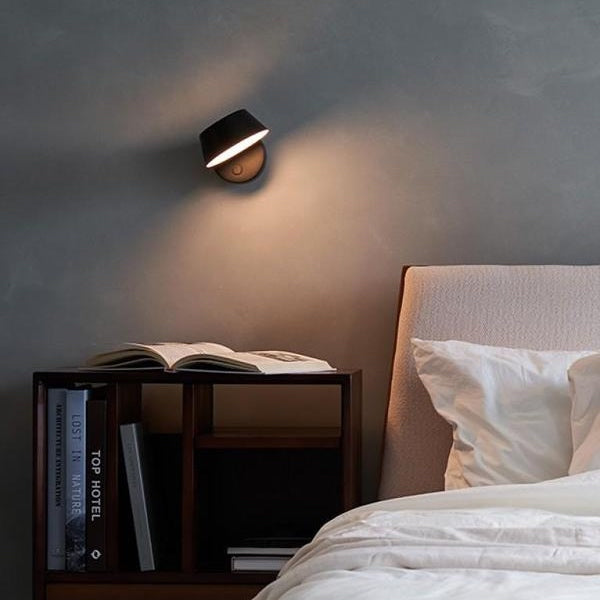
Keeping Life Bright - How Lighting Affects Your Mood
Keeping Life Bright - How Lighting Affects Your Mood
Lighting is one of the most important aspects of room design, and oftentimes one of the most overlooked. The intensity and type of lighting in a room can play a huge part in the intensity and type of emotions you feel. Think about it - when was the last time you felt relaxed and cozy when you walked into a room buzzing with harsh fluorescent lighting?
Depending on which activities take place in each room of your home, careful consideration should be taken when deciding which lighting fixtures to install. What mood or ambiance are you trying to achieve? For example, you probably want to feel energized when you’re prepping dinner in your kitchen and relaxed when you’re kicking back in your living room.
Lighting also plays a huge part in regulating certain biological responses that aren’t even associated with our sense of sight. This includes our circadian rhythm, which acts as a sort of internal clock that helps us feel sleepy at night.
It’s pretty apparent that whether you’re trying to update your current lighting system, or are building or remodelling a home, the importance of lighting and its effects on your mood should not be overlooked. Here are some things to consider:
Lighting Colour
Did you know you can actually break down “warm” and “cool” lighting into a quantifiable measurement? The colour of your lighting can be measured with the Kelvin chart. Most household fixtures range from 2700K (warm incandescent) to 3500K (household fluorescent). Using the Kelvin temperature chart can help you identify which lighting fixture is right for the room in question.
The Impacts of Blue Light
Remember the circadian rhythm? Without getting too much into the science of it, certain types of lighting (like LED and fluorescent) can actually emit a certain type of light that disrupts our internal clock and makes it harder for us to fall and stay asleep. This is called blue light - and is not ideal at the end of the day! You may have heard of blue light coming from the plethora of phone and computer screens you are exposed to every day.
Although it’s not really possible to stop using artificial light in modern times, you can increase your chances of getting a good night’s sleep by carefully selecting lighting fixtures with low blue light emissions for the rooms that you relax in prior to bedtime.
Warm Light Vs. Cool Light
There are a few things you should pay attention to when you’re selecting the temperature of light you want for a certain room. Cool light contains more of the blue light that can disrupt your sleep, but they are also brighter and more energizing. This is a great option for kitchens, offices, bathrooms, and studies.
Warm light tends to be more soothing and conducive to relaxation, making it a great option for your bedroom or living room.
Importance of Natural Lighting
Natural light - one that doesn’t require the use of artificial bulbs - is an essential consideration for people who are designing the ideal workplace or the coziest homes. Not only is the light that streams through your bedroom window visually pleasing, but it boosts your levels of the critical nutrient Vitamin D. It doesn’t matter if you get your sunlight indoors or out. That means you can set your desk next to a window and receive the same benefits that you would while lounging on the grass outside on a sunny day.
In addition, natural light can boost your mood and help you sleep better (by regulating that circadian rhythm). Natural light is a must for any well-lit space.
How Lighting Affects Appetite
And here’s one last interesting fact about how lighting affects your mood - and your appetite. Researchers have uncovered an interesting correlation between the brightness of a room and the amount you eat. In a recent study, diners in a restaurant with dim lighting ordered 39% more calories. However, people with brighter surroundings were up to 24% more likely to make healthier choices, like grilled fish and veggies.
The reason? They found that brighter lights can make you feel more alert and also happier, which leads you to make healthier food choices. Another reason to consider bright lighting in the kitchen!
Choose Your Lighting Based on Your Room
So what’s the takeaway? When shopping for lighting options, take into consideration what the purpose of each room in your home is and how you want to feel while you’re spending time there. Then, you can choose the temperature of your lighting accordingly. With a bit of help and knowledge from the team at Urban Lighting, you’re well on your way to making your home a well-lit oasis of peace and productivity.

